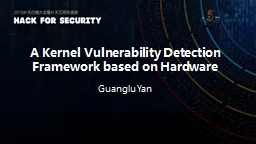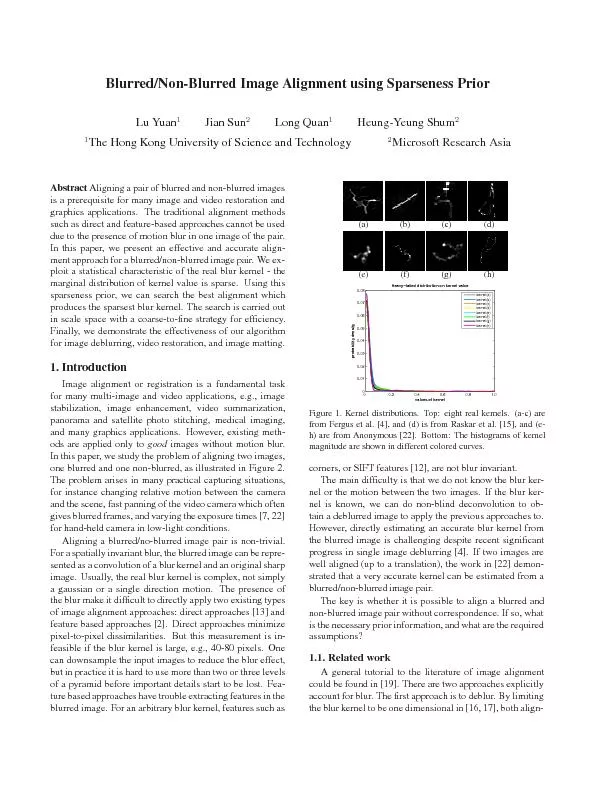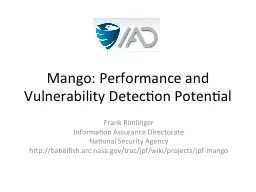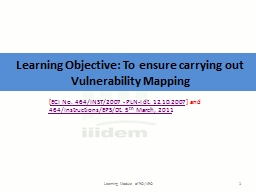PPT-A Kernel Vulnerability
Author : alexa-scheidler | Published Date : 2018-11-08
Detection Framework based on Hardware Guanglu Yan Jianfeng Pan Guanglu Yan and Xiaocao Fan Contributor wwwiceswordlabcom Kernel Vulnerability EternalBlue The
Presentation Embed Code
Download Presentation
Download Presentation The PPT/PDF document "A Kernel Vulnerability" is the property of its rightful owner. Permission is granted to download and print the materials on this website for personal, non-commercial use only, and to display it on your personal computer provided you do not modify the materials and that you retain all copyright notices contained in the materials. By downloading content from our website, you accept the terms of this agreement.
A Kernel Vulnerability: Transcript
Download Rules Of Document
"A Kernel Vulnerability"The content belongs to its owner. You may download and print it for personal use, without modification, and keep all copyright notices. By downloading, you agree to these terms.
Related Documents














